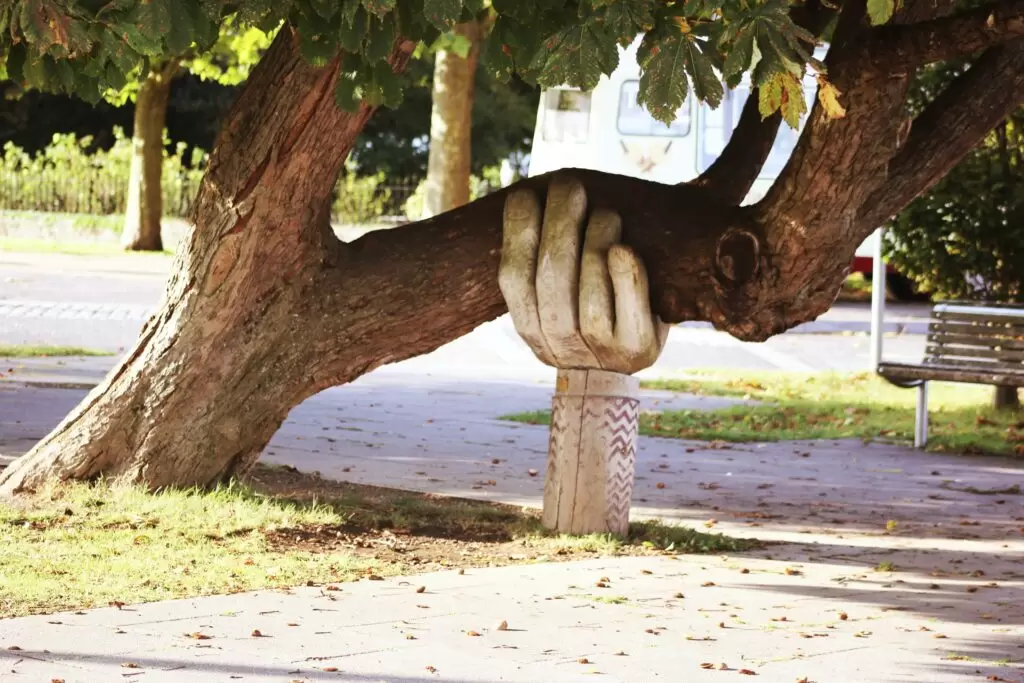"Burn.art Labels the act of Burning as Art": Digital Artist Pak on his new Project Following the Sotheby's Sale
Earlier this April, Sotheby's auctioned its first NFT art by the digital artist Pak - the same week Pak launched a new website on the domain burn.art. Part of the artist's ongoing exploration of value, burn.art has their fans in anticipation of what's to come. In an e-conversation, Pak shares his vision.


The intro
Introducing Pak’s sale, Sotheby’s website read: “A novel collection of digital art redefining our understanding of value”. What followed was a complex, unprecedented sale format for the nearly 300-year-old auction house. The auction house was also not necessarily doing an auction either.
The sale
The artworks offered at Pak’s sale, which took place at the premier digital items marketplace Nifty Gateway, ranged across an assortment of fixed price points. Buyers were almost invited to participate in the NFT creation by opting to buy a particular number of items from an open edition – and the more they bought, the more unique their NFT would be.
Time to announce The Builders.https://t.co/mRK3N8xhgu
— Pak (@muratpak) April 14, 2021
Some of the artworks were not even for sale; Pak gave out 30 NFTs as an honour for contributing to the crypto art community to selected ‘builders’. Four more NFTs, the ‘Equilibrium’, were also given to the winners of specific criteria like solving Pak’s puzzle or an individual posting #PakWasHere to the biggest social media audience (American singer Demi Lovato won with her whooping 55M Twitter followers).
👀💖😝 #PakWasHere https://t.co/bWTg0zhvrS
— Demi Lovato (@ddlovato) April 14, 2021
“The competitive game certainly helped increase participation as well as the revenue generated by the sale – more than 3,000 individuals decided to join the Creative auction, for example”, comments Christine Bourron, the Founder and CEO of Pi-eX, a London-based independent research firm. Bourron and her team have watched the performance of the inaugural NFT sales across the three major auction houses closely. “Going forward, however, one can wonder whether the Cube collection and other NFTs sold during the auction will retain the value set during the initial auction. As the game and competition incentives disappear, what value can the Cube collection offer to secondary buyers?” adds Bourron. She believes the burn.art domain is a continuation of the game, adding that it “potentially creates the never‐ending “Buy‐Burn” game of Pak’s NFTs!”.
The Burn.art domain
From the little information available on the website, we learn that “burn is a token of creation through destruction”. The term ‘token’ represents fungible and tradable assets or utilities that reside on the blockchains. In the case with burn.art, visitors would have to burn NFTs to receive ashes ($ASH – Pak’s token) in return. Similar to the physical world, burning a token on the blockchain results in it being removed from circulation, i.e. destroying the NFT permanently.
Playing with the lack of boundaries and the fluid nature of the virtual space, Pak recreates the cycle of life, inviting people to “Burn art to get ashes to get art to burn art.”

Pak, Terminus IV
How to use your .ART domain name as your crypto address. Read More .ART Domain Name: Your Digital Business Card Read More How to link your .ART domain to your website Read More
The Answers
AA: Your work draws from Geometric principles. Is there a particular reason you chose this direction?
Pak: My roots have mathematics, physics as well as design. It’s inevitable.
AA: Could you share your vision behind burn.art?
Pak: Burn aims to create value during destruction. Burning a token is a common act on the blockchain, and I believe it has a value.
Creation with destruction.
“For every NFT you burn, you get ashes in return.”$ASH #ERC20
— Pak (@muratpak) April 12, 2021
AA: You mention “Creation with destruction.” – would owning $ASH allow one to be part of the creation process?
Pak: It depends on how we judge ownership.
Creating something is an active participation of creation, but owning something has a passive statement about the existence of a thing.
Does owning an iPhone make it exist? I believe so.
AA: Would there be a difference in the amount of $ASH participants receive based on the artwork they burn?
Pak: Yes. But the same class or type of artworks will provide the same multiplier of ASH. It works with a whitelist structure.
AA: Would you consider this Project a form of performance art?
Pak: “burn.art” – website does not tell people to “burn” “art” – it labels the act of “burning” as “art” – so it’s “creation by destruction”.
So, not “Go, burn art!”, but the “Art of burn(ing)”
A digital art performance is a charming definition!

Pak, Metanoia
AA: The definition between an “art object” and a “collectible” remains vaguely defined in the NFT space. Where do you see the line?
Pak: Intention and purpose.
AA: Charles Stewart mentioned that “Digital art may be to 2021 what street art was to the 1970s.” What do you think about the convergence of the art market and digital art?
Pak: It was already here. Maybe now it’s getting mainstream.
Pak.
No Boundaries.





